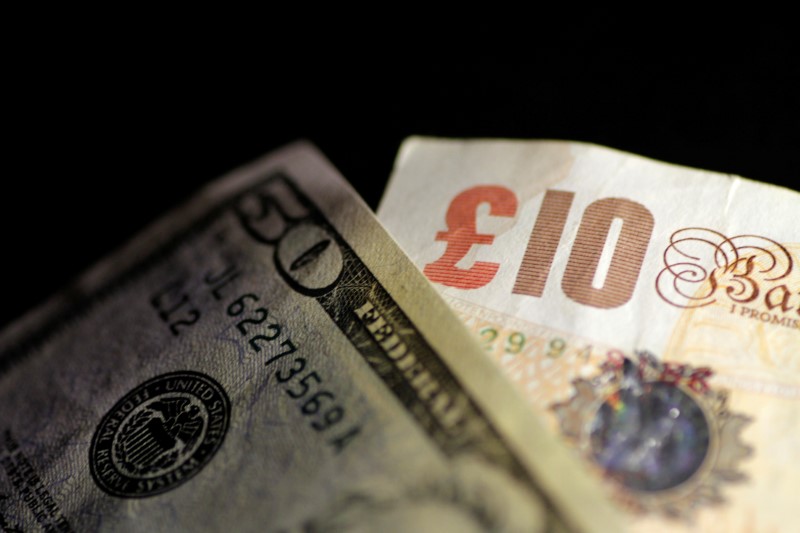By Geoffrey Smith
Investing.com -- The dollar surged and sterling slumped on Monday as the U.K. lurched towards a near-total lockdown for much of the country, warning that it had discovered a new variant of the Covid-19 coronavirus whose transmission was 'out of control', according to the government's top scientific advisors.
In response to the news, many EU countries including France, Germany, the Netherlands and Belgium banned arrivals from the U.K., while the Channel tunnel, through which thousands of trucks pass every day was closed for 48 hours. As such, the economic disruption that many feared due to a disorderly end to the Brexit transition period has, in some respects, arrived 10 days early.
By 4:30 AM ET (0930 GMT), the pound was down 2.0% against the dollar at $1.3251, losing all its gains of the last month, and down 1.5% against the euro at 1.0859.
Paul Donovan, chief economist at UBS Global Wealth Management, said in a morning note that the impact on trade from the fresh disruptions may not be that great, given that retailers go into the Christmas season with high levels of inventory.
"As a signal of fear of the virus, this might be more serious. It's fear of the virus that does the most economic damage, and this does suggest a relatively cautious approach on the part of European policymakers," Donovan said, adding that the developments could add downside risks for first-quarter growth in both the U.K. and EU.
However, the dollar's strength wasn't confined to cable. The dollar index, which measures the greenback against a basket of advanced economy currencies, corrected after an extended slide on bets that a weak dollar will favor growth in emerging economies next year. The trigger for the reversal came from a story arguing that Janet Yellen, who is set to be the next Treasury Secretary, may return to defending the U.S.'s traditional policy of a strong dollar, after four years of unvarnished attempts by the Trump administration to weaken it.
The dollar snapped back over 2% against the South African rand and 1.8% against the Mexican peso, both of which had looked over-extended after vigorous rallies. The dollar also rose 2% against the ruble, as oil prices also corrected downward and fears grew that the U.S. may plan serious retaliation against the country for what anonymous intelligence sources have branded as a Russian-sponsored hacking attack on U.S. government institutions.
Elsewhere, the euro rose over 1.0% against the Polish zloty after the Polish central bank confirmed that it had been selling zloty in the market in response to what it saw as an excessive appreciation since late October. EUR/PLN rose to a seven-week high of 4.5191.
